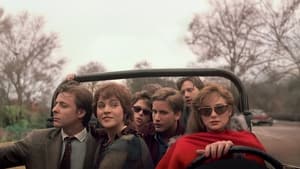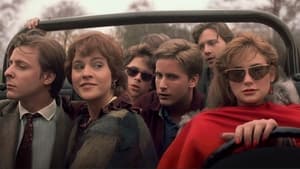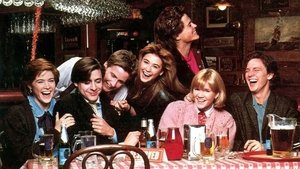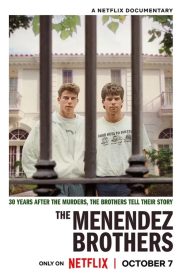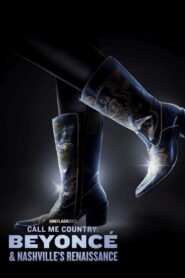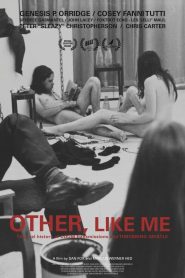
Video Sources 29 Views Report Error

Brats
Everybody wanted to be in the Brat Pack. Except them.Jun. 07, 2024Canada92 Min.Not Rated
Synopsis
In the 1980s, Andrew McCarthy emerged as a prominent member of a new wave of young actors who seemed destined to dominate Hollywood. With a string of successful teen movies like “Pretty in Pink” and “St. Elmo’s Fire,” McCarthy and his peers became the faces of a generation, capturing the angst, hope, and rebellion of youth in a way that resonated deeply with audiences. However, their meteoric rise took an unexpected turn when a 1985 cover story in New York magazine labeled them the “Brat Pack.” What was intended to be a spotlight on Hollywood’s next big stars instead became a double-edged sword, casting a shadow over their careers that many struggled to escape.
The term “Brat Pack” was coined as a reference to the 1960s “Rat Pack” led by Frank Sinatra, but instead of being a term of endearment, it quickly became a label with negative connotations. The media began to portray McCarthy and his fellow actors, including Emilio Estevez, Rob Lowe, Molly Ringwald, and Judd Nelson, as arrogant and entitled, more interested in partying than honing their craft. This image clashed with the reality of their dedication and talent, but the damage was done. The label pigeonholed them into a specific genre and made it difficult for them to be taken seriously as they sought to diversify their roles and grow as actors.
Now, nearly forty years later, Andrew McCarthy is on a journey of reflection and reconciliation. He seeks to reconnect with the very peers and co-stars who, like him, were caught up in the whirlwind of fame and media scrutiny during their formative years in Hollywood. Through candid conversations, they explore the impact of the Brat Pack label on their careers and personal lives. They delve into the highs and lows of being thrust into the spotlight at such a young age, the pressures to maintain their image, and the challenges of navigating an industry that often prioritizes perception over reality.
McCarthy’s exploration is not just about looking back but also about understanding how those experiences shaped their legacies. Each actor’s journey has taken different paths—some continued to thrive in Hollywood, others stepped away from the limelight, and some reinvented themselves in entirely new ways. Together, they reflect on the choices they made, the lessons they learned, and how they ultimately came to terms with their place in cinematic history.
This period of reflection allows McCarthy and his peers to reclaim their narratives, stripping away the media’s sensationalism to reveal the truth of their experiences. It’s an opportunity to acknowledge the camaraderie they shared, the struggles they faced, and the impact they had on a generation of moviegoers.
As McCarthy revisits this pivotal chapter of his life, he and his fellow actors find closure and perhaps a renewed appreciation for the unique roles they played in shaping 1980s pop culture. The journey highlights how far they’ve come and reaffirms their lasting influence on Hollywood and beyond. In doing so, they not only reconcile with their past but also pave the way for future generations to learn from their story.
Original title Brats
IMDb Rating 6.6 4,852 votes
TMDb Rating 6.278 28 votes
Director
Director
Cast
Self
Self
Self
Self
Self
Self
Self
Self
Self


